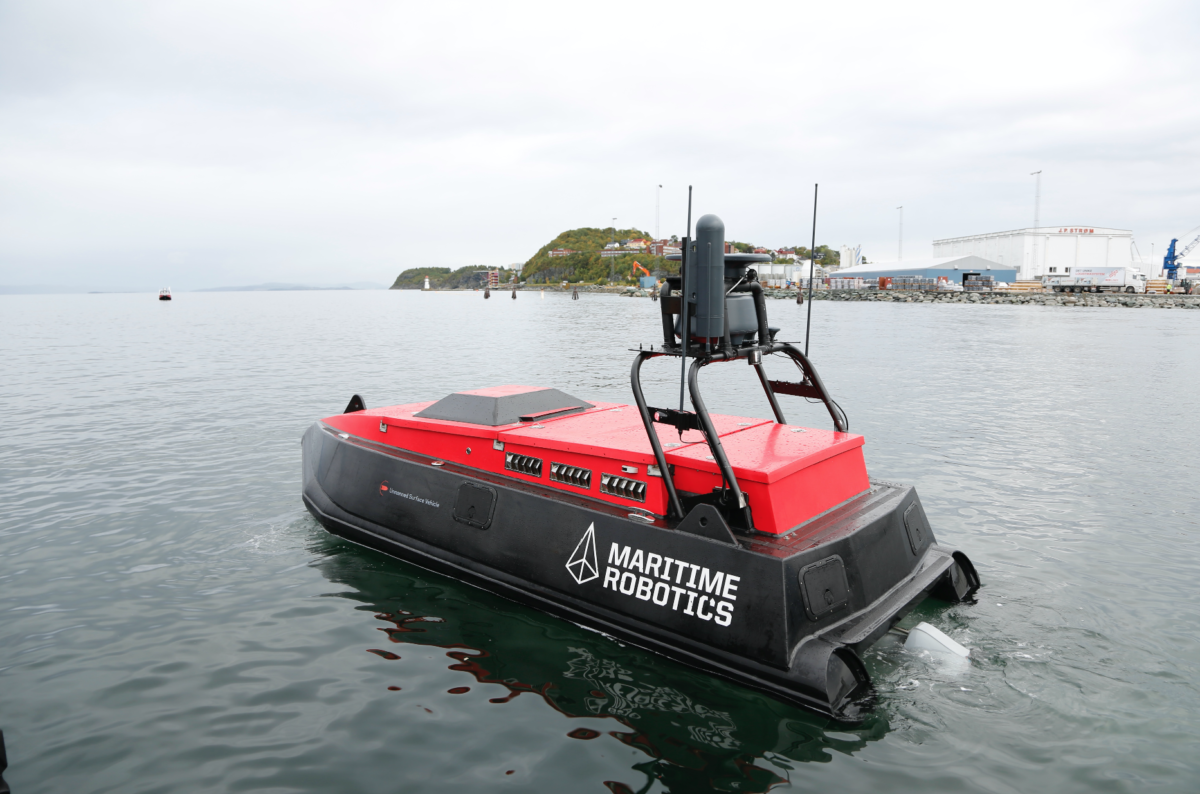
The Liberia Maritime Authority has released a Marine Advisory notice to provide guidance for the safe transport of bauxite. It also gives the potential risks regarding the carriage of certain Group A bauxite in bulk due to its potential to undergo dynamic separation.
After the investigation into the loss of the M.V. BULK JUPITER in 2015 with a cargo of bauxite, IMO published CCC.1/Circ.2 on Carriage of Bauxite that may liquefy. At the time, bauxite was listed in the IMSBC Code as a Group C cargo (cargoes neither liable to liquefy- Group A or possess chemical hazards Group B).
For a more peer reviewed report on the nature of bauxite cargoes and to develop a globally applicable transportable moisture limit (TML) test for bauxite cargoes, the Global Bauxite Working Group (GBWG) was established in 2016.
GBWG indicated that Bauxite Fines containing more than Continue reading “Liberia Maritime Authority issues an advisory notice for the safe transport of bauxite”










